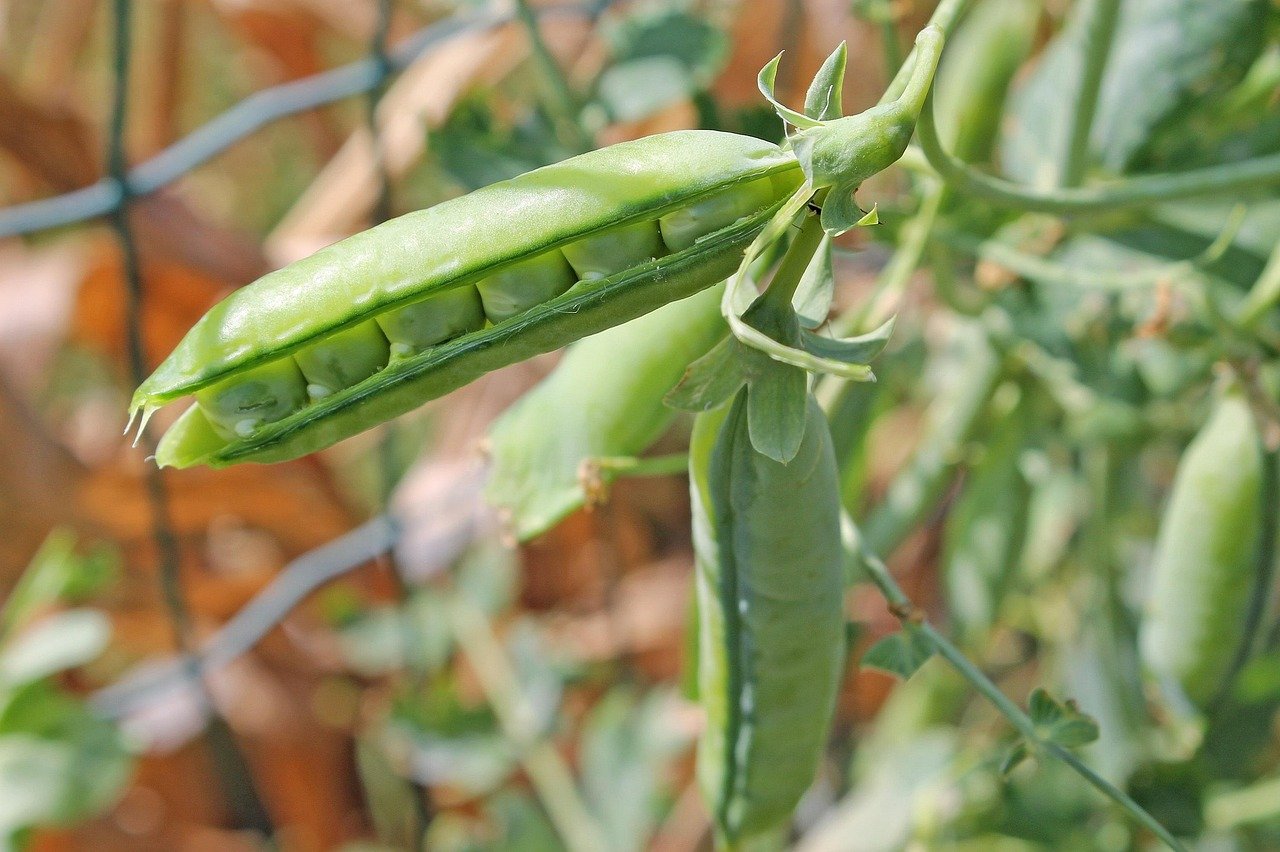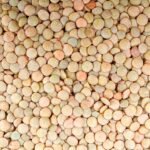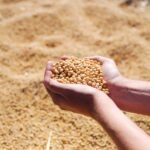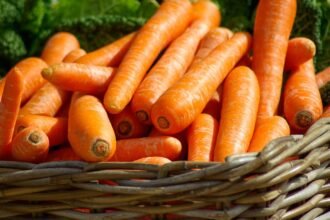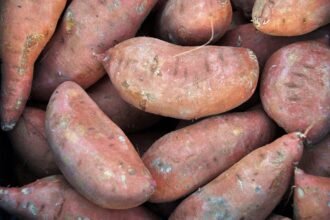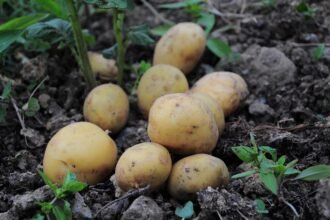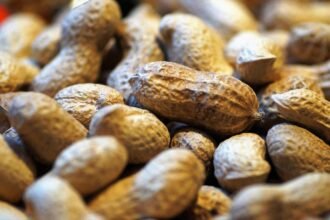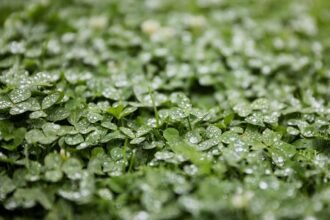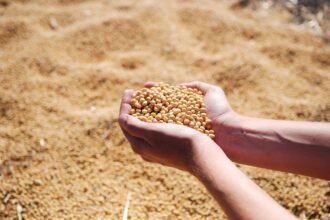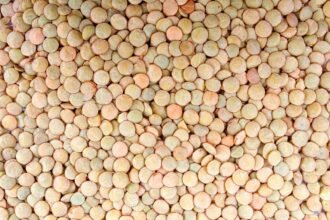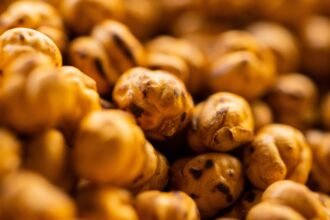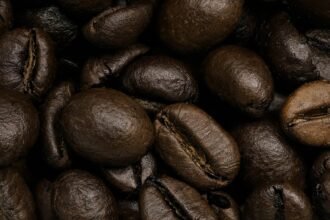Peas (Pisum sativum) are one of the most widely grown legumes in the world, valued for their high nutritional content, particularly protein, vitamins, and minerals. They are used both fresh and dried, for human consumption, and as animal feed. Peas are cool-season crops, often grown in rotation with other crops to improve soil health through nitrogen fixation. However, like any crop, successful pea farming requires good technical management to ensure high yields and quality. This guide explores the key aspects of pea cultivation, from soil preparation to pest control and harvesting.
1. Soil Preparation and Fertility Management
Peas thrive in fertile, well-drained soils, but proper soil management is crucial for healthy plant growth and maximizing yield.
Key Steps:
- Soil Testing: Before planting, conduct a soil test to determine nutrient levels and pH. Peas prefer slightly acidic to neutral soil, with a pH range of 6.0 to 7.5. If the soil is too acidic, apply lime to raise the pH.
- Tillage: Peas do not require deep tillage. Shallow tillage (10–15 cm or 4–6 inches) is ideal for preparing the seedbed, ensuring good seed-to-soil contact and reducing the risk of compaction.
- Fertilization: Peas are nitrogen-fixing plants, meaning they can fix nitrogen from the atmosphere through a symbiotic relationship with rhizobial bacteria in their root nodules. However, they still need adequate phosphorus (P) for root development and potassium (K) for overall plant health. Apply phosphorus at planting and potassium during flowering. Avoid excessive nitrogen fertilization, as it can inhibit the formation of nitrogen-fixing nodules.
- Organic Matter: Incorporating organic matter such as compost or well-rotted manure into the soil improves its structure, nutrient content, and moisture retention.
2. Selecting the Right Pea Variety
Choosing the right pea variety depends on climate, soil conditions, and intended use (fresh, dried, or fodder).
Pea Varieties:
- Garden Peas: These peas are typically eaten fresh or frozen. Varieties include round and wrinkled types, with wrinkled peas being sweeter and more desirable for fresh consumption.
- Field Peas: These peas are grown primarily for drying and animal feed. They are generally smaller and less sweet than garden peas.
- Snow Peas: Snow peas are eaten whole, including the pod, and are common in Asian cuisine.
- Sugar Snap Peas: These peas are similar to snow peas but are sweeter and have thicker pods, making them a popular fresh vegetable.
Choose varieties that are suitable for your local climate, resistance to pests and diseases, and market demand.
3. Planting and Sowing Techniques
Proper planting techniques are essential for achieving healthy plants and high yields.
Key Steps:
- Planting Time: Peas are cool-season crops and should be planted in early spring as soon as the soil is workable and temperatures reach 5–10°C (41–50°F). They can also be planted in late summer or early fall in regions with mild winters.
- Sowing Depth: Plant peas at a depth of 2–3 cm (0.8–1.2 inches). Shallow planting may expose seeds to drying, while deeper planting may delay germination.
- Row Spacing: The recommended row spacing for peas is 45–60 cm (18–24 inches), allowing for adequate airflow and minimizing the risk of disease.
- Seed Rate: The typical seed rate for peas is 80–120 kg per hectare, depending on the variety and local conditions. Planting too densely can lead to overcrowding and increased competition for nutrients.
4. Water Management
Peas require consistent moisture, especially during germination and pod development, but are relatively drought-tolerant once established.
Key Steps:
- Water Requirements: Peas need adequate moisture during germination, flowering, and pod development. However, they are sensitive to excessive water during later stages, especially when pods are maturing.
- Rain-fed vs. Irrigated Systems: Peas can be grown under rain-fed conditions in regions with sufficient rainfall. However, if rainfall is insufficient, irrigation is needed, particularly during the flowering and pod-setting stages.
- Irrigation Techniques: Drip irrigation or sprinkler systems are ideal for peas to ensure even water distribution. Avoid overhead irrigation when possible, as wet foliage can encourage the spread of diseases like powdery mildew.
5. Nutrient Management
While peas are nitrogen-fixing plants, proper nutrient management, particularly phosphorus and potassium, is essential to ensure healthy growth.
Key Steps:
- Nitrogen Fixation: Peas rely on rhizobial bacteria in the soil to fix nitrogen. Ensure that the soil contains the appropriate strain of rhizobia for effective nitrogen fixation.
- Phosphorus and Potassium: Apply phosphorus at planting to support root development and potassium during the flowering and pod-filling stages to improve yield and plant health.
- Micronutrients: Ensure adequate levels of micronutrients such as zinc, boron, and molybdenum, which are essential for optimal growth and pod formation.
6. Weed Control
Weeds compete with peas for light, nutrients, and water, which can significantly reduce yield.
Key Steps:
- Pre-emergence Herbicides: Apply pre-emergence herbicides to control weed growth before peas emerge from the soil. This reduces early competition from weeds.
- Post-emergence Herbicides: After peas have emerged, use selective herbicides to manage weeds without damaging the crop.
- Manual Weeding: For smaller-scale operations, manual weeding may be necessary, especially during the early growth stages when weeds are more competitive.
- Mulching: Organic mulches such as straw can help suppress weeds, retain soil moisture, and improve soil health.
7. Pest and Disease Management
Peas are susceptible to a range of pests and diseases that can affect plant health and reduce yields.
Common Pests:
- Aphids: Aphids feed on pea plants and can transmit viruses such as Pea Enation Mosaic Virus (PEMV). Control aphids with insecticides or encourage natural predators like ladybugs.
- Pea Weevil: The pea weevil is a common pest that infests the seeds. Store harvested peas in sealed containers to protect them from weevil infestations.
- Cutworms: These pests attack seedlings by cutting them off at the soil level. Protect seedlings using insecticides or physical barriers like collars.
Common Diseases:
- Powdery Mildew: This fungal disease affects the leaves and stems, reducing photosynthesis. Use resistant varieties and fungicides to control this disease.
- Pea Rust: A fungal disease that can cause yield loss and reduce the quality of the pods. Use resistant varieties and apply fungicides as necessary.
- Fusarium Wilt: A soil-borne disease that affects pea roots and reduces plant vigor. Rotate crops and use resistant varieties to manage Fusarium wilt.
- Integrated Pest Management (IPM): Combine biological controls, resistant varieties, and minimal pesticide use to reduce the environmental impact and effectively manage pests and diseases.
8. Harvesting and Post-Harvest Handling
The timing of harvesting is critical for maintaining high-quality peas and minimizing losses.
Key Steps:
- Harvest Timing: Harvest peas when the pods are fully mature, and the peas inside rattle. For dried peas, allow them to dry in the field before harvesting to prevent mold and fungal growth.
- Mechanical Harvesting: For large-scale farms, combine harvesters are used to cut, thresh, and clean peas efficiently. This minimizes labor costs and reduces damage to the seeds.
- Manual Harvesting: In smaller operations, peas can be harvested manually. Cut the plants and allow them to dry before threshing.
- Drying: After harvesting, peas should be dried to a moisture content of 12–14% to prevent mold and spoilage.
- Storage: Store peas in a cool, dry, and well-ventilated area. Use airtight containers or silos to protect peas from moisture, pests, and temperature fluctuations.
9. Sustainable Pea Farming Practices
Peas are considered an environmentally friendly crop due to their nitrogen-fixing ability, which reduces the need for synthetic fertilizers.
Sustainable Practices:
- Crop Rotation: Rotate peas with other crops such as cereals or vegetables to improve soil fertility, break pest cycles, and reduce disease pressure.
- Conservation Tillage: Minimize tillage to prevent soil erosion, improve soil structure, and conserve moisture.
- Water Management: Use efficient irrigation techniques and practice rainwater harvesting to reduce water usage and improve sustainability.
Conclusion
Pea cultivation requires careful attention to soil management, water, nutrients, pest control, and timely harvesting. By following best practices for planting, pest management, and irrigation, farmers can ensure healthy crops and high yields. Whether you’re growing peas for food, animal feed, or commercial purposes, understanding the technical aspects of pea farming will help optimize production and ensure long-term sustainability.

